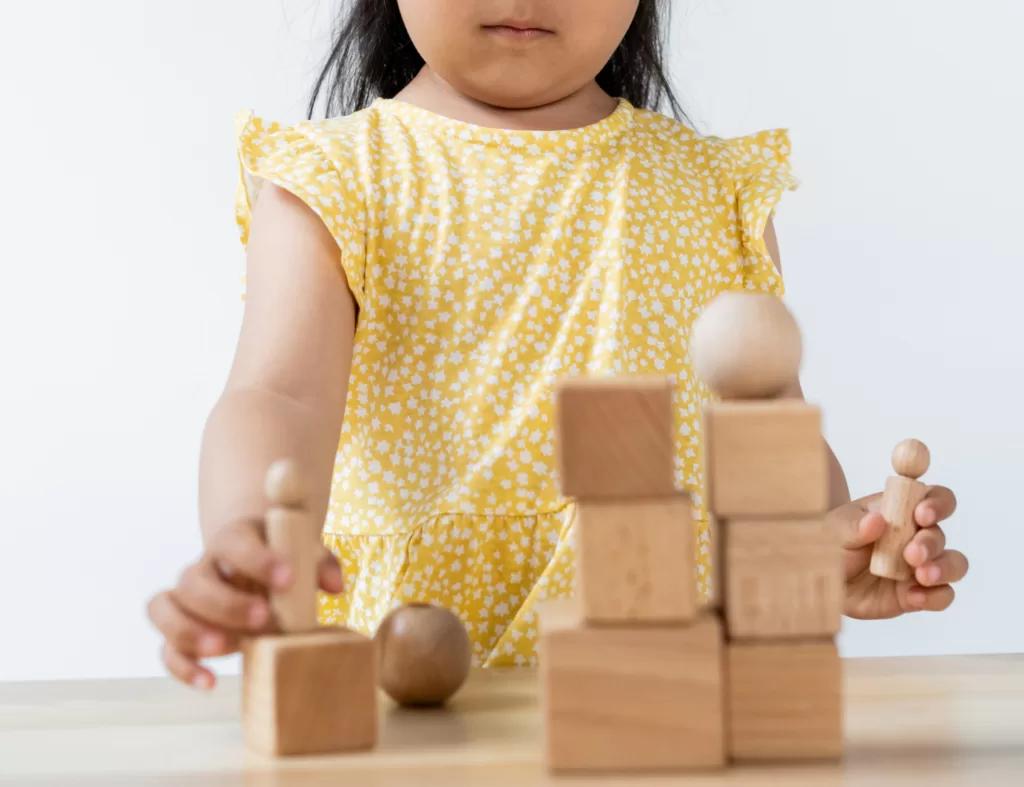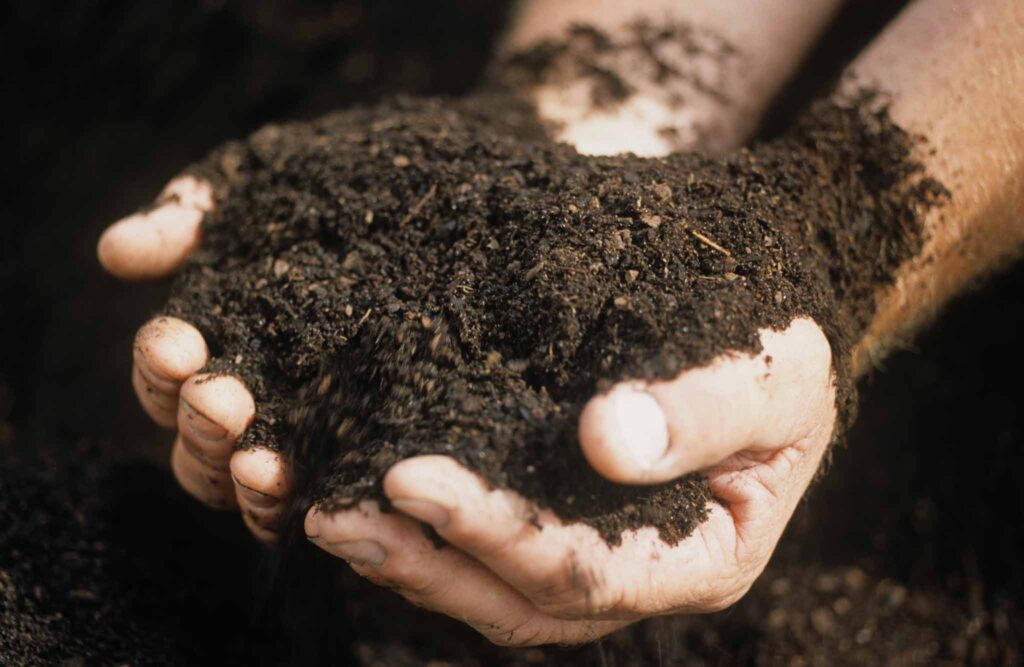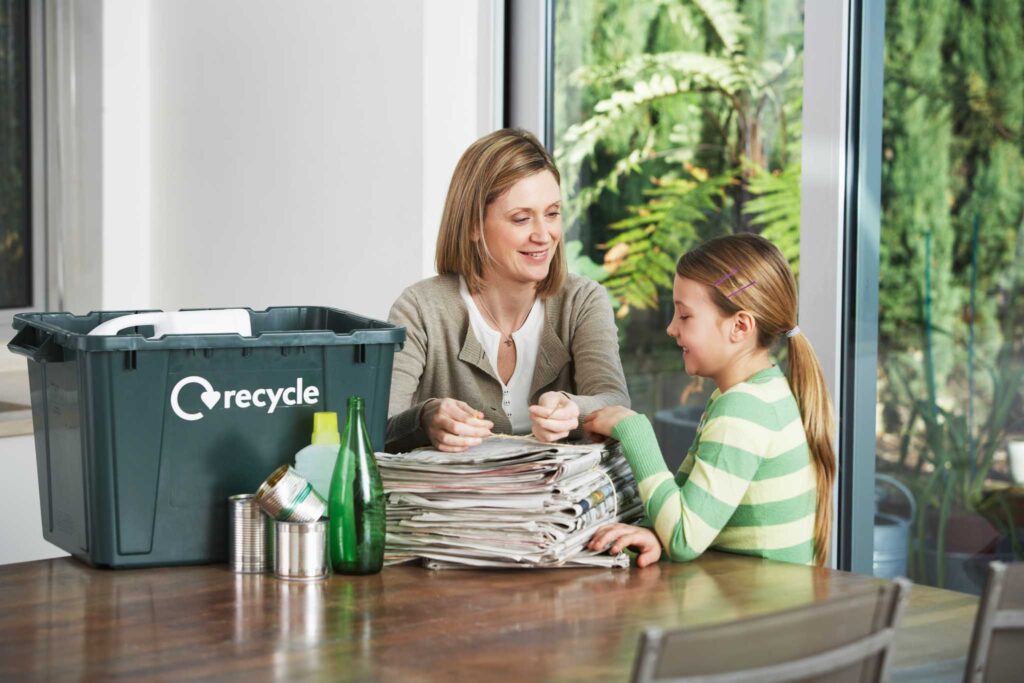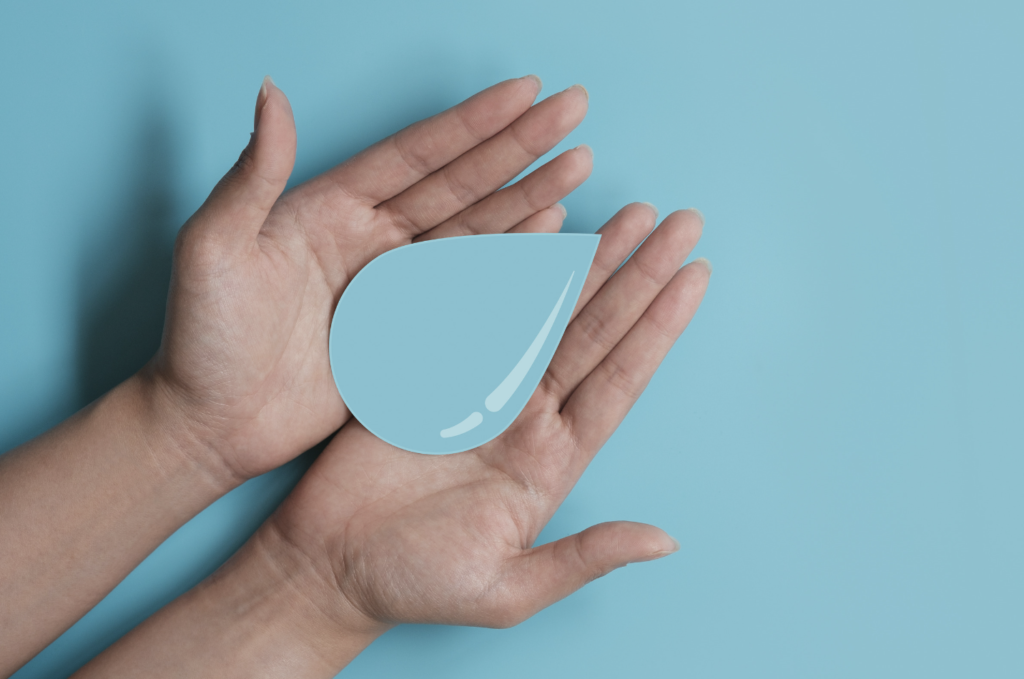Eco Child’s Play: Sustainable Children’s Toys
Estimated reading time: 13 minutes
Sustainability practices start at home, and this includes the choices we make about our children’s toys. The toy industry is the most plastic-intensive industry in the world. If we don’t change how we’ve been manufacturing and purchasing toys, our impact on the environment and our kids’ health will continue to increase.
There are many factors to consider regarding the best eco-friendly children’s toys. Sustainable manufacturing, non-toxic ingredients, materials, and age appropriateness are just a few. Whether you’re concerned about your carbon footprint, harmful chemicals, or feeding your kid’s imagination, you’ve come to the right place! Let’s find out how you can make your child’s play more eco.
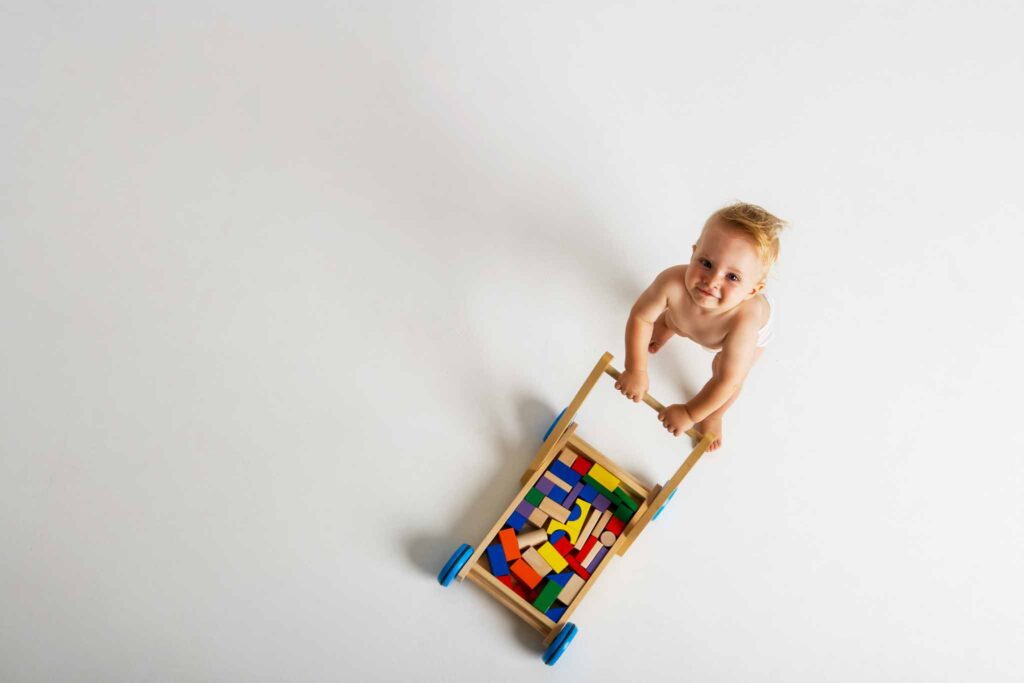
key takeaways
- Sustainable toys are environmentally friendly, manufactured locally and ethically, and safe for children.
- Many toys contain toxic chemicals, and toy manufacturers are still not obligated to list the ingredients and materials used on their packaging.
- Avoid plastic, foam, rubber, and synthetic materials.
- Look for FSC-certified wood, Certified Organic Cotton, or, hit the second-hand store!
- Share or pass on your toys to friends or family when your child outgrows them .
- Remember that kids can find joy playing with almost anything – quality over quantity is always best!
skip ahead to a section of your choice:
Brand Recommendations – Support sustainable brands next time you need to buy some children’s toys!
What are Sustainable Toys? – We must consider the environmental and ethical impact of our choices when purchasing green toys for kids.
Ingredients for Eco Child’s Play – Unfortunately, many toys are made using harmful chemicals, and the toy industry doesn’t have to disclose this information.
Sustainable Materials – What to avoid and what to look for when purchasing toys.
Types of Toys for All Ages – As your child grows, their toy library changes.
Green Kid Crafts – Have some eco-friendly fun with your kids and teach them about sustainability practices.
What are Sustainable Toys?
With the advent of plastic toys to replace what used to be made from wood, metal, and fabric, our children’s playroom went from “so much fun” to “use a few times and done.” According to the folks at the SDG Knowledge Hub, one study found that children in Western countries have an average of 18 kilograms of plastic toys!
If we’re being truly honest with ourselves, the most environmentally friendly kid’s toys are those we didn’t purchase. It’s tough to say no to our kids when other children have so many toys. Since owning some toys is necessary for children to foster imagination and learn social skills while sharing, keep reading for some ideas to achieve the next best option – eco-friendly playthings.
A sustainable toy is environmentally friendly, manufactured locally and ethically, and safe for children. Earth-conscious children’s toys are made from all-natural sustainable materials and are non-toxic, making them totally kid-safe. Sustainable toy brands will also have an ethical code of conduct and pay their workers fairly.
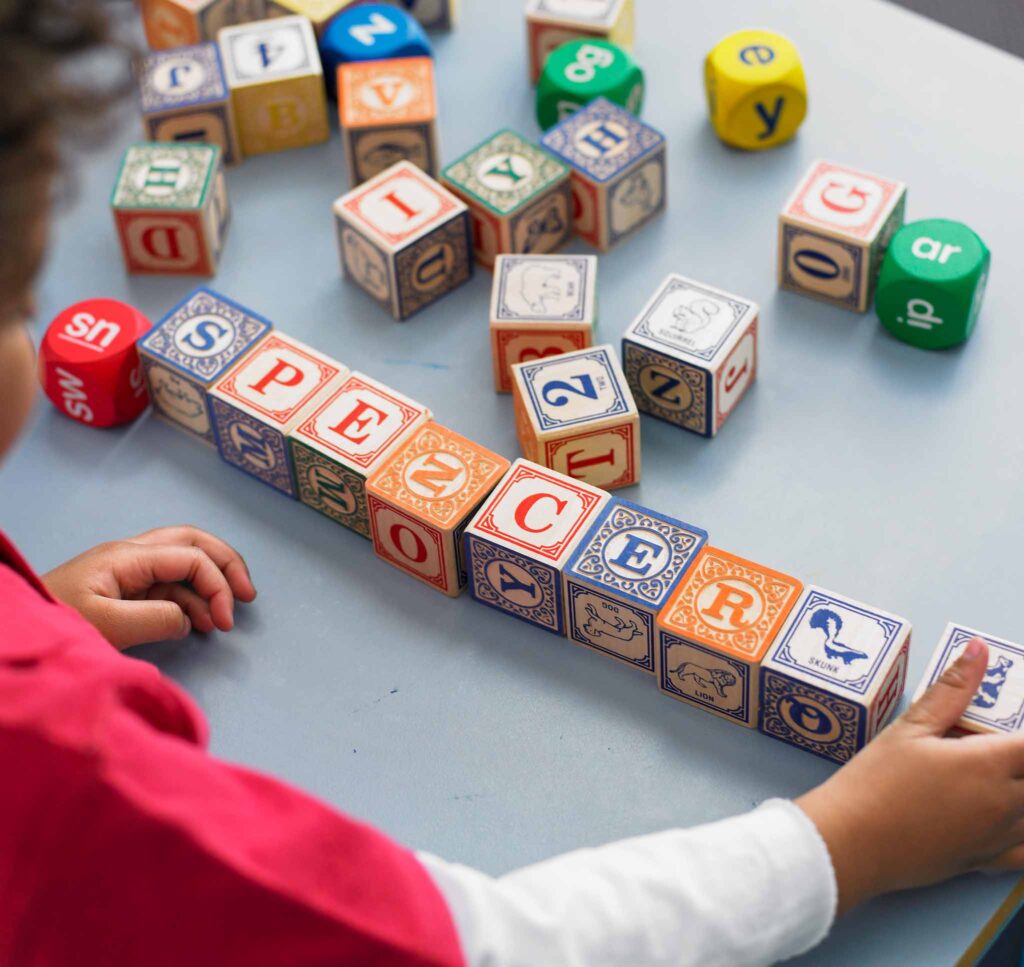
Environmental Impact & Ethical Manufacturing
From sourcing materials to the manufacturing process and transportation, the toy industry can potentially be very harmful to the environment. Sustainably sourced wood and organic or recycled cotton lead to the most ethical toy choices toys. Manufacturers that use renewable energy sources and avoid the use of toxic chemicals in production are leading the way in the sustainable toy industry.
According to Statista, “Chinese toys and games generated approximately 78.7 billion U.S. dollars in revenue in 2022, making it the world’s largest toy market.” If the toys we buy are being shipped from China, we need to consider our role in the emissions produced during transportation.
Let’s remember that sustainable development consists of three pillars, one of which is social or ethical sustainability. Purchasing locally manufactured sustainable toys reduces our carbon footprint and can help us feel assured that they were likely also made ethically by workers who are treated well and paid fair wages.
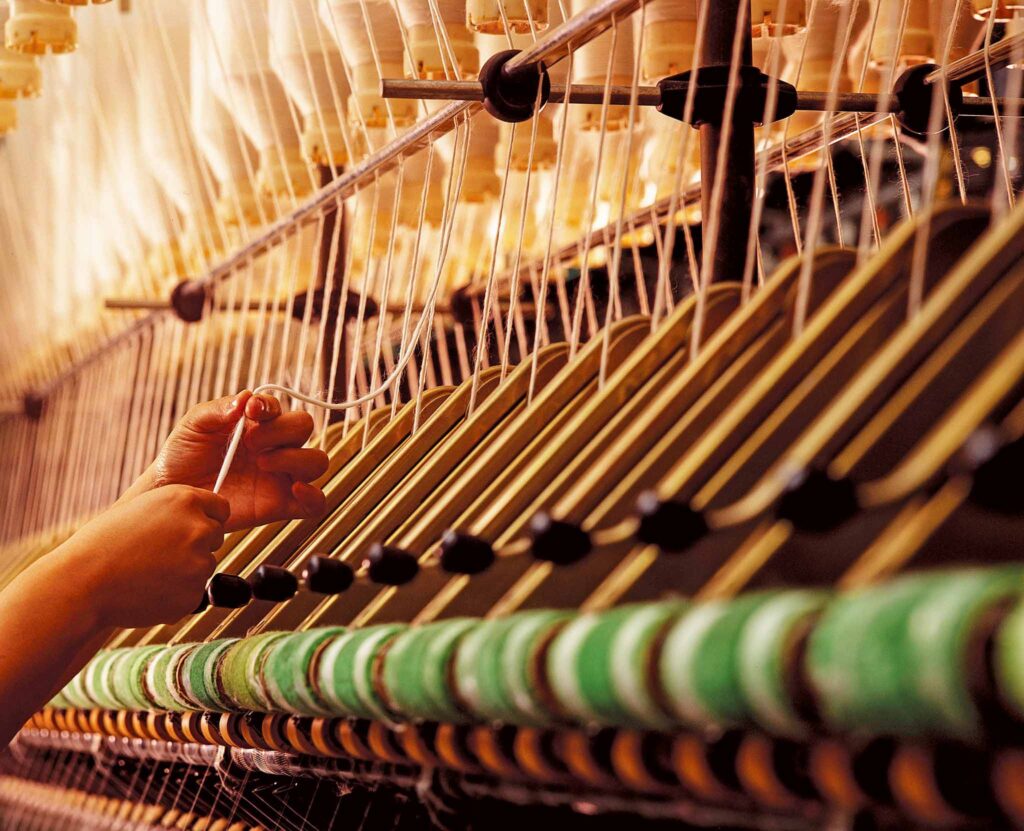
Ingredients for eco child’s play
It’s shocking to find out that so many toxic chemicals are used in the toy industry. More shocking still is the lack of regulation and disclosure regarding manufacturers’ use of these chemicals. Although some chemicals have been banned over the years, toy manufacturers are still not obligated to list the ingredients and materials used on their packaging.
Toxic Ingredients to avoid
According to a report commissioned by the U.N. Environment Programme, “of 419 chemicals found in hard, soft and foam plastic materials used in children’s toys, 126 can potentially harm children’s health, including 31 plasticizers, 18 flame retardants, and eight fragrances.” Just one more reason to opt for plastic-free kids’ toys.
Reading the “Label”
Since it’s not mandatory to list the contents of toys on the packaging or label, knowing exactly what’s in your children’s toys is tough. There are a few things you can look for, and the stamp of approval from the Consumer Product Safety Commission (U.S.) is one of them. Your best bet for health and eco-minded paly choices is to choose toys made from sustainable materials.
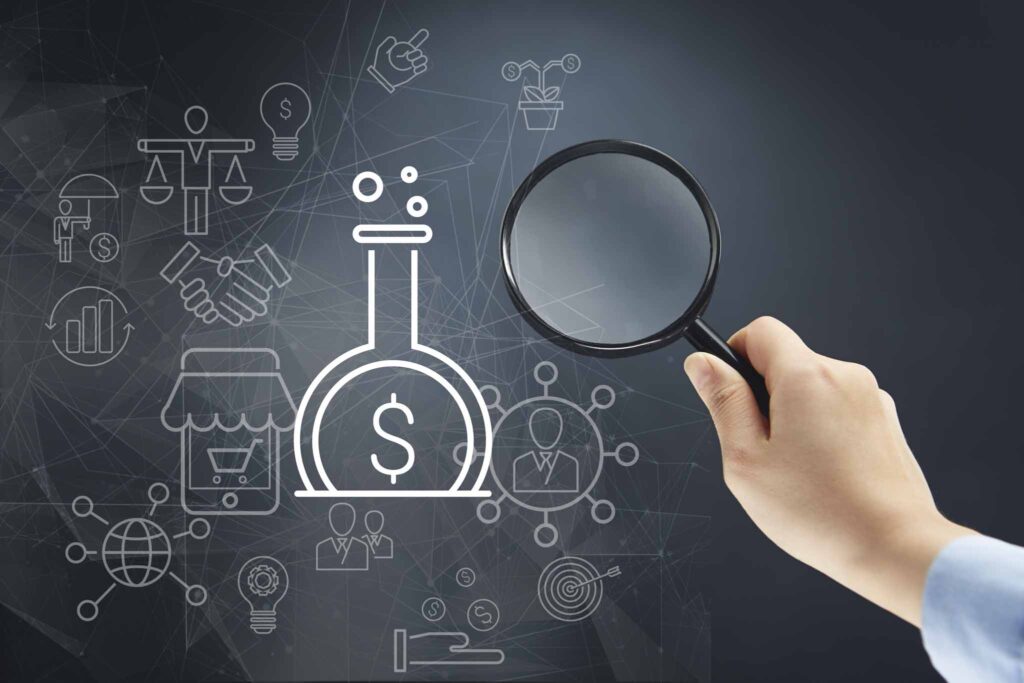
Sustainable Materials
There are many alternatives to plastic, foam, and rubber popping up in the toy industry. Toys did exist before these materials became mainstream!
What to Avoid for eco Child’s play
Since it’s difficult to know exactly what a toy is made from, here are a few helpful tips to help you avoid purchasing unsafe and unsustainable items.
Plastic and Foam
Clearly, you should avoid plastic and foam as much as possible due to the very high chance they contain toxic ingredients. If you must buy toys made from these materials, try to find ones made from recycled plastic and indicate they are phthalate-free (harmful chemicals used to make hard plastic toys more flexible). You could also buy from a reputable brand that makes playthings made from recycled materials.
Rubber
Many bath toys are made from rubber. The rubber industry is comprised of two sectors. Synthetic rubber, which has crude oil as its main raw material, and natural rubber. According to the WWF, 90% of the world’s natural rubber comes from rubber trees grown in Asia. Vast deforestation is occurring in this area to make room for these plantations.
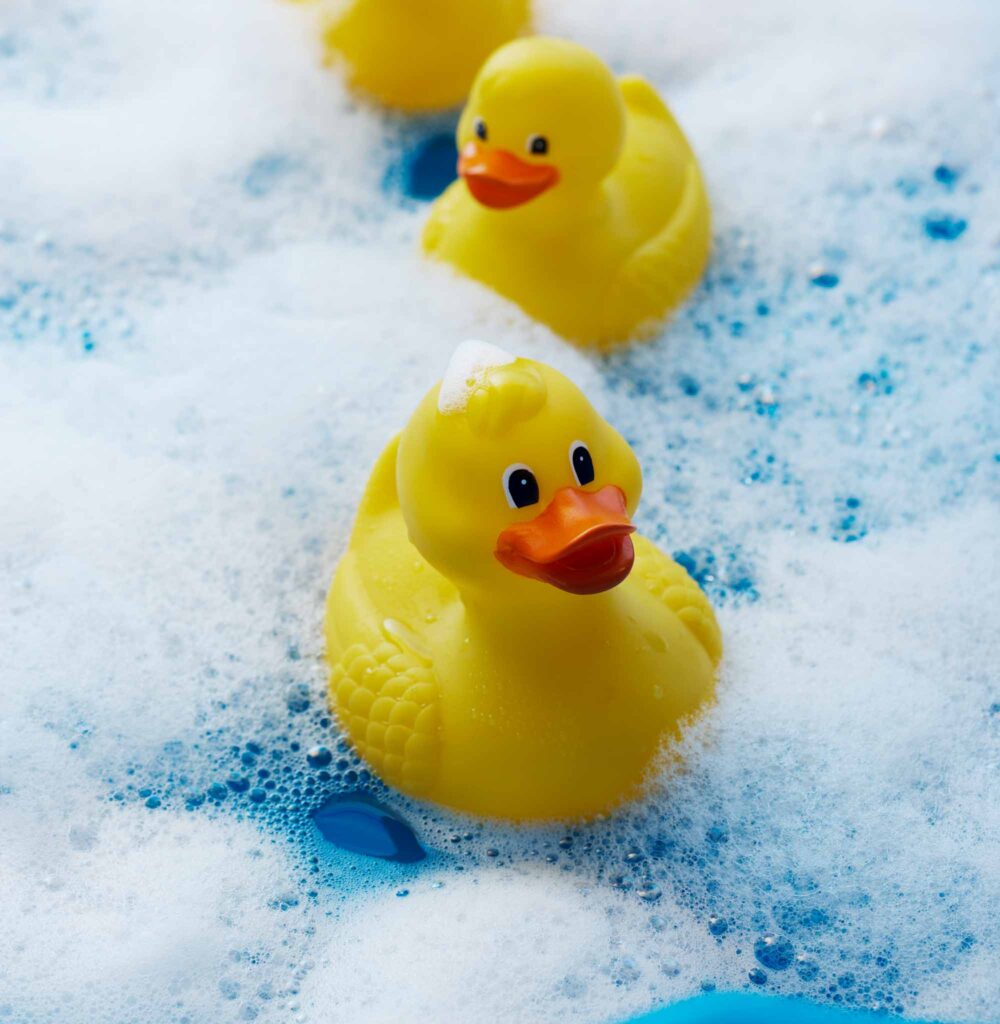
Fabrics
When purchasing soft toys, avoid synthetic fabrics that release microplastics, such as polyester and nylon. Although cotton is natural, the production of conventional cotton is pesticide and water-intensive, leading to detrimental effects on the environment. Other fabrics are not so eco-friendly through the use of many chemicals during production, such as rayon and acrylic. Fabrics derived from animals such as wool, leather and suede, have other ethical considerations to consider.
What to Look For
There are some truly beautiful sustainable wooden toys out there. Look for FSC-certified wood if possible. The Forest Stewardship Council certifies sustainably harvested wood based on zero deforestation, biodiversity protection, community rights, and fair wage and work environment. You might want to avoid wood that has been painted or stained, as many of these finishing products contain harmful chemicals. I recommend that you purchase some non-toxic paints and add the color yourself!
For more natural squishier toys that kids love, look for recycled or organic cotton. Slightly more uncommon, organic hemp or linen would be another safe choice for plush toys. You may even try making some upcycled children’s toys by using some old clothing to make your own stuffies using organic cotton stuffing. Kids will love having a huggable toy made from their favorite t-shirt that doesn’t fit anymore!
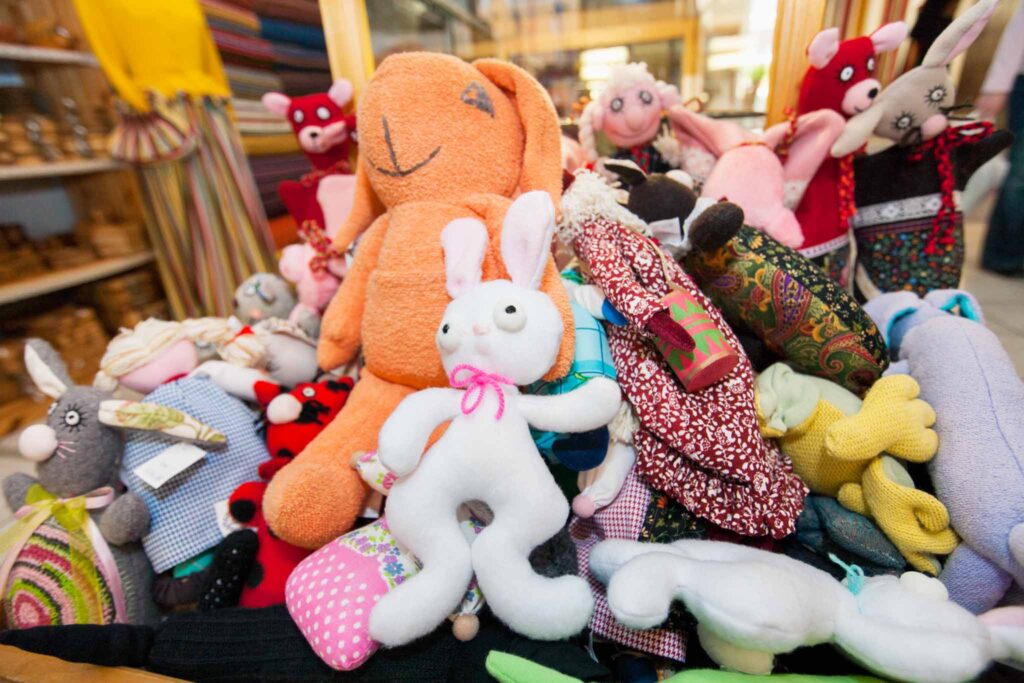
Types of Toys For All Ages
As your child grows and matures, the kinds of toys they play with will change. Here are some ideas for the best eco-friendly toys in each category.
Educational Toys and Books for eco Child’s play
As a baby, your child will need toys to help them develop fine motor skills. Follow the guidelines in the ingredients and materials section above to help you choose non-harmful play options. From a young age, kids love being read to. Older children will start reading on their own. The books we encourage our kids to read and the format in which they read them can lend to our sustainability. Books printed on recycled paper or read using an electronic device have less environmental impact.
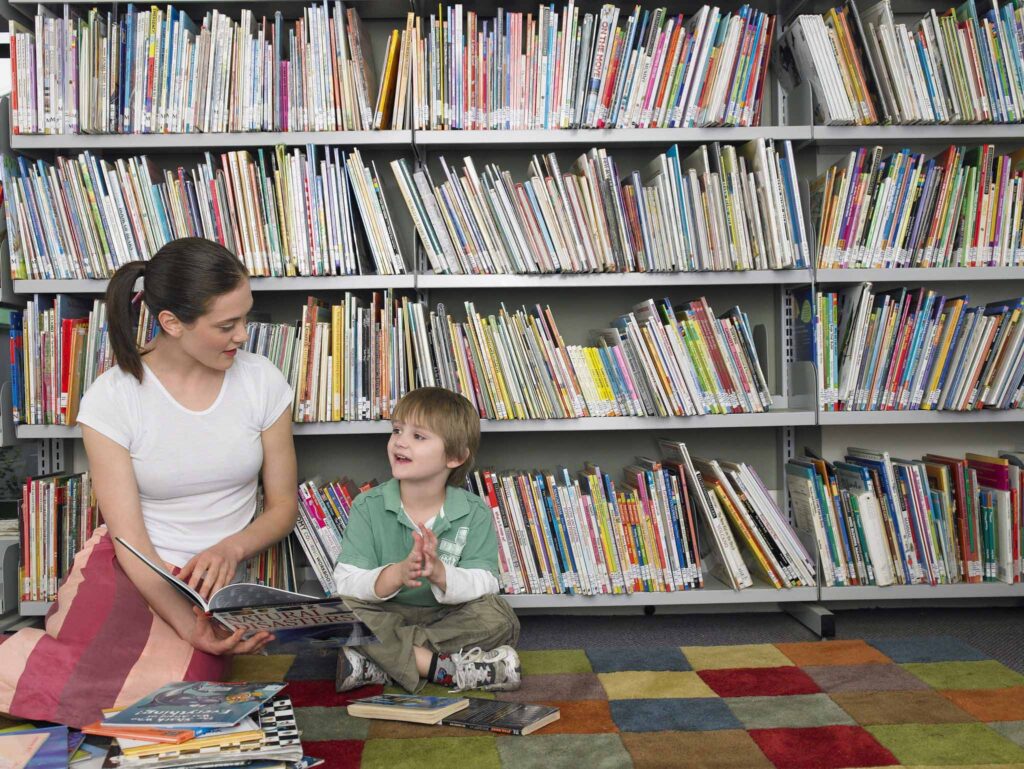
Speaking of Electronics
Undoubtedly, our kids’ toy library will include some devices. And that’s okay! Electronic devices can be educational and keep us connected to the world and loved ones. But, if we are concerned about our carbon footprint, we must make some sustainable choices in this area.
Avoiding too many devices in the home is the best bet, and resisting the urge to purchase the latest model every time it is released is paramount. You may even consider buying used electronics rather than new ones. And when it comes time to finally let go of those devices, ensure you do it properly. A quick search online for your city’s electronic recycling program should point you in the right direction.
Toys to Keep Active
Nothing says eco child’s play like getting outdoors and active while enjoying nature! Depending on the age range of your children, toys for sustainable recreation will vary from jump ropes to hockey equipment. When your kids become involved in sports, they might require multiple accessories. This can be tricky to navigate if we’re looking for high quality and sustainability. Try researching some local businesses that sell sustainable sporting equipment brands, which are becoming more common. If you like saving money, consider buying second-hand from a reputable source such as Play it Again Sports.
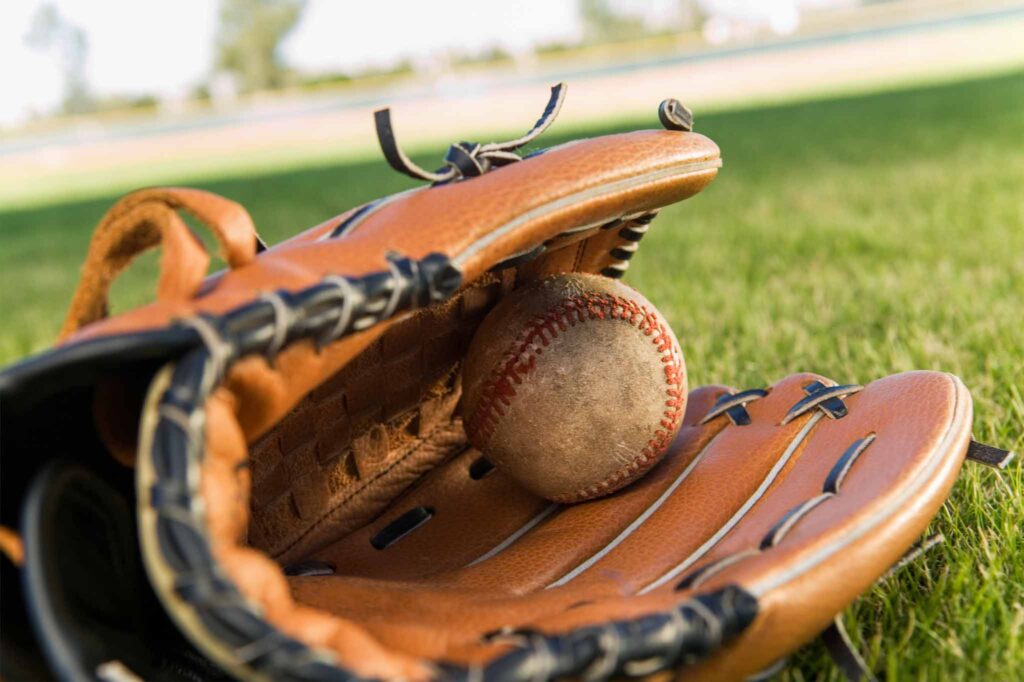
Green Kid Crafts
Most kids of all ages love to craft! Eco-friendly creativity is easy. Get a hold of some non-toxic finger paints, formaldehyde-free glue, ergonomic beeswax crayons, and start creating!
Up-cycling for eco Child’s play
The beauty of up-cycling is that there is no need to purchase your materials. Give a second life to old, broken, or unused items in your home! Use these as building blocks to create something totally new and unique. If you can’t think of what an object could become, do a quick search on Pinterest, and I guarantee there will be some awesome ideas. I even used old, unwanted objects from my classroom to create games and activities for my students. Talk about zero-waste play time!
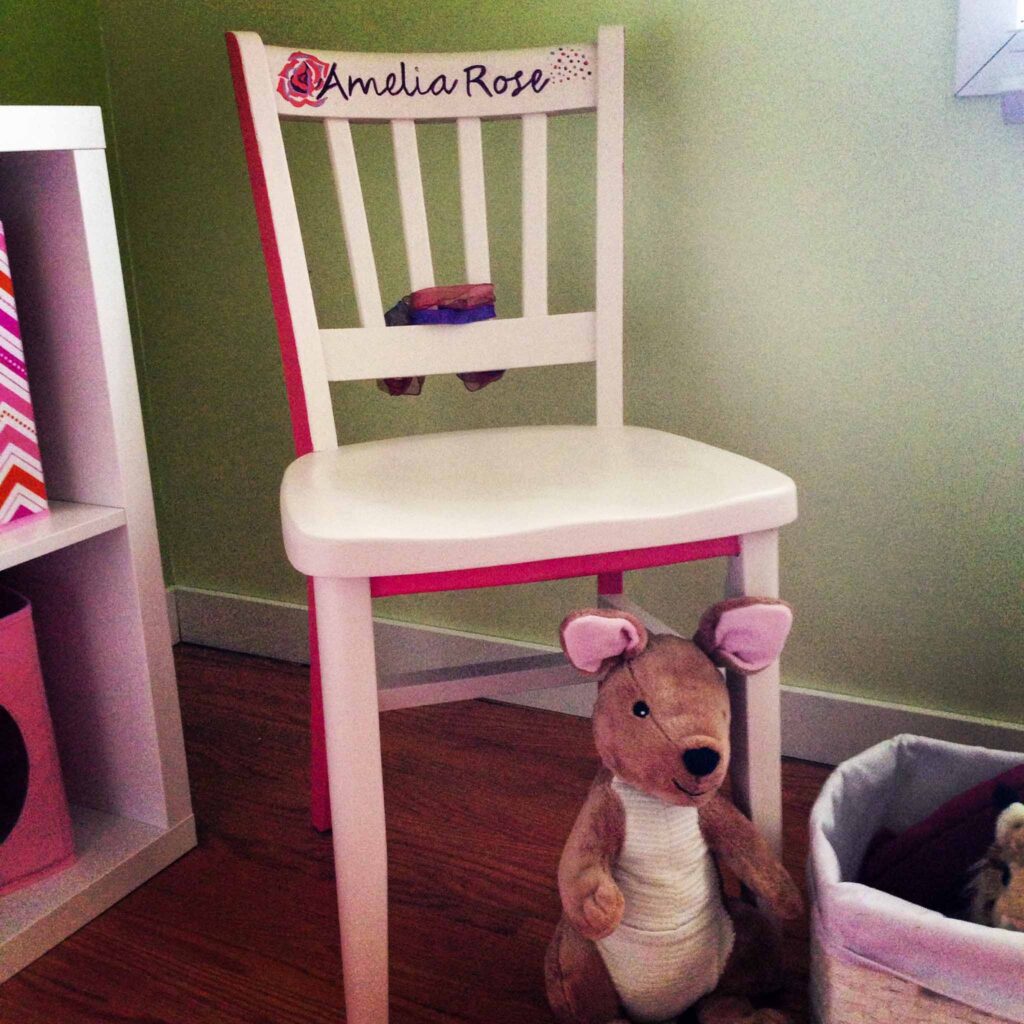
Recycled Materials
Replace any new material called for in a crafting project with a recycled one, and it’s automatically more eco-friendly! Scavenge your blue bin for recycled cardboard, milk jugs, or recycled plastic to help you make anything from a bird feeder to stick puppets.
Eco-friendly Gifts
Keep in mind that some of the most sustainable gifts are those that are handmade. Your kids can help build their friend’s toy libraries by creating cool, eco-friendly toys for them with recycled or up-cycled materials. Take the opportunity to teach your kids about sustainability while you’re working!
Brand Recommendations
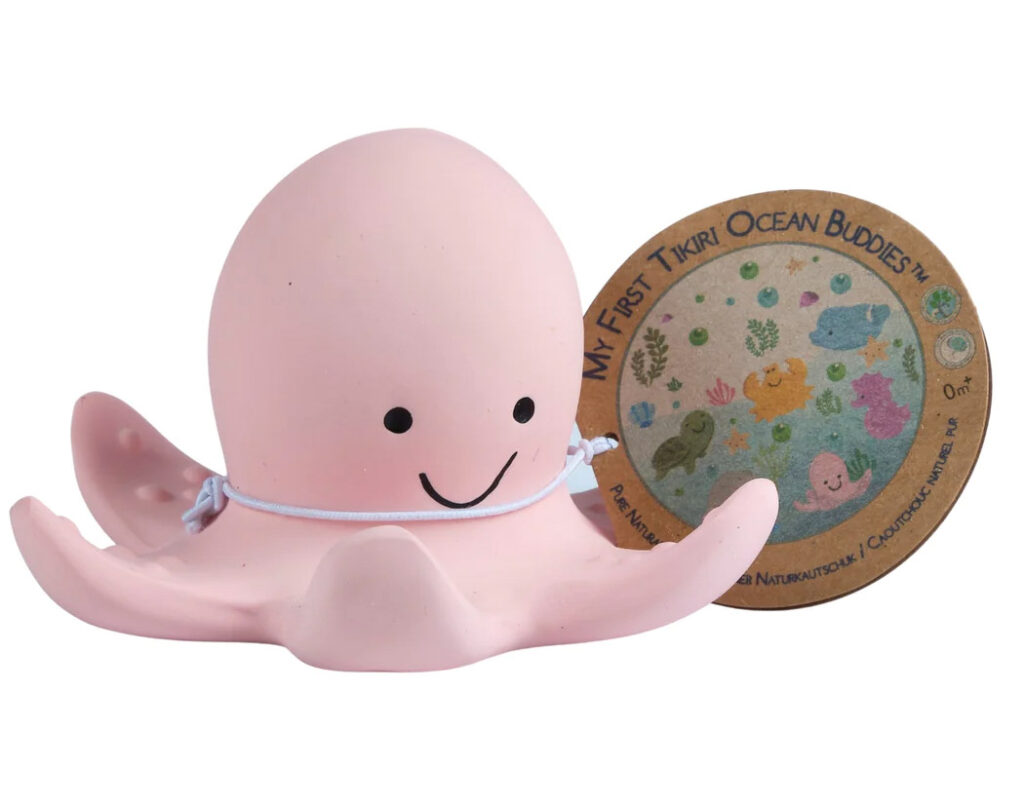
Tikiri toys
- 100% pure natural rubber
- GOLS (Global Organic Latex Standard) accreditation
- Certified plastic free baby toys
- BPA free & phthalate free
- Biodegradable, non-toxic and eco friendly baby toys
- Handmade & hand painted in Sri Lanka
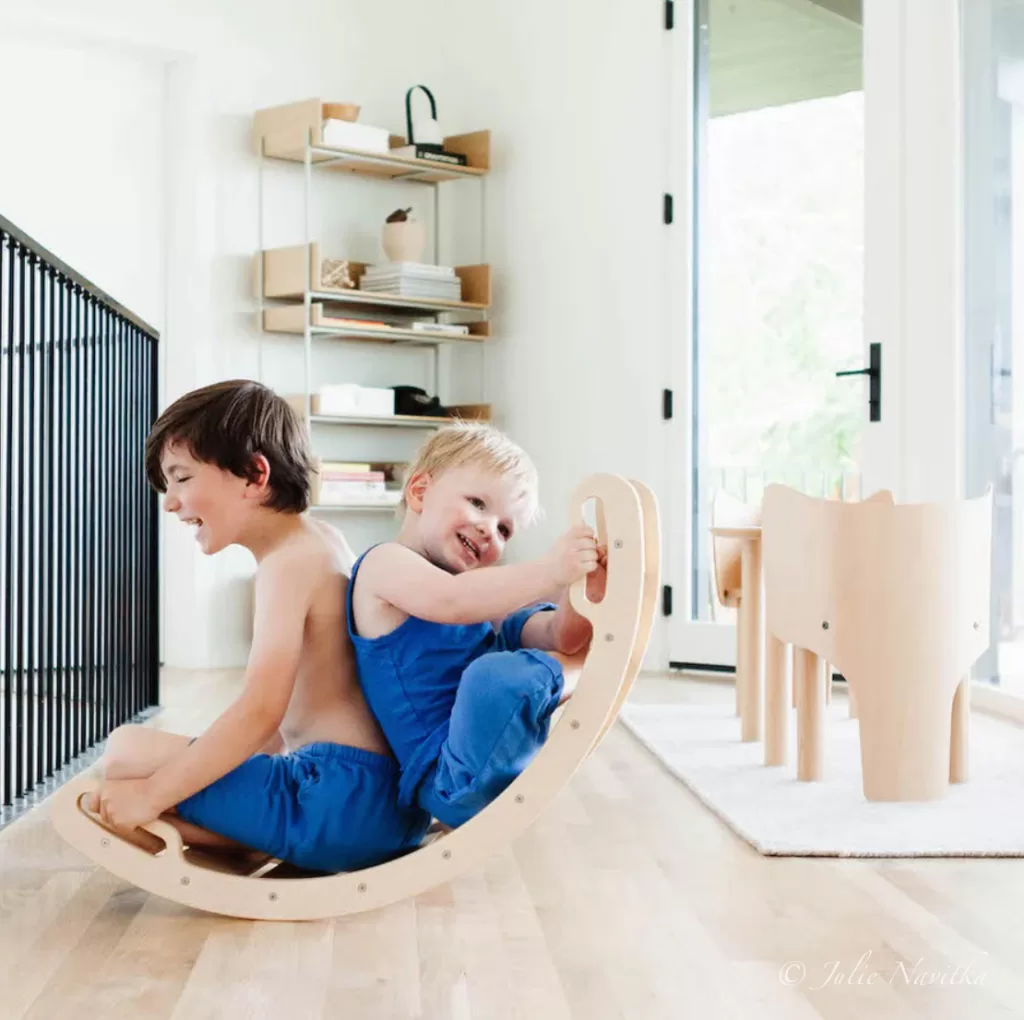
all circles
- Nurture a sense of creativity and imagination
- FSC-certified wooden furniture and play items
- Durable and strong
- Made in Canada
- Crack & warp resistant
- Lead safe, LOW VOC and BPA free finishing
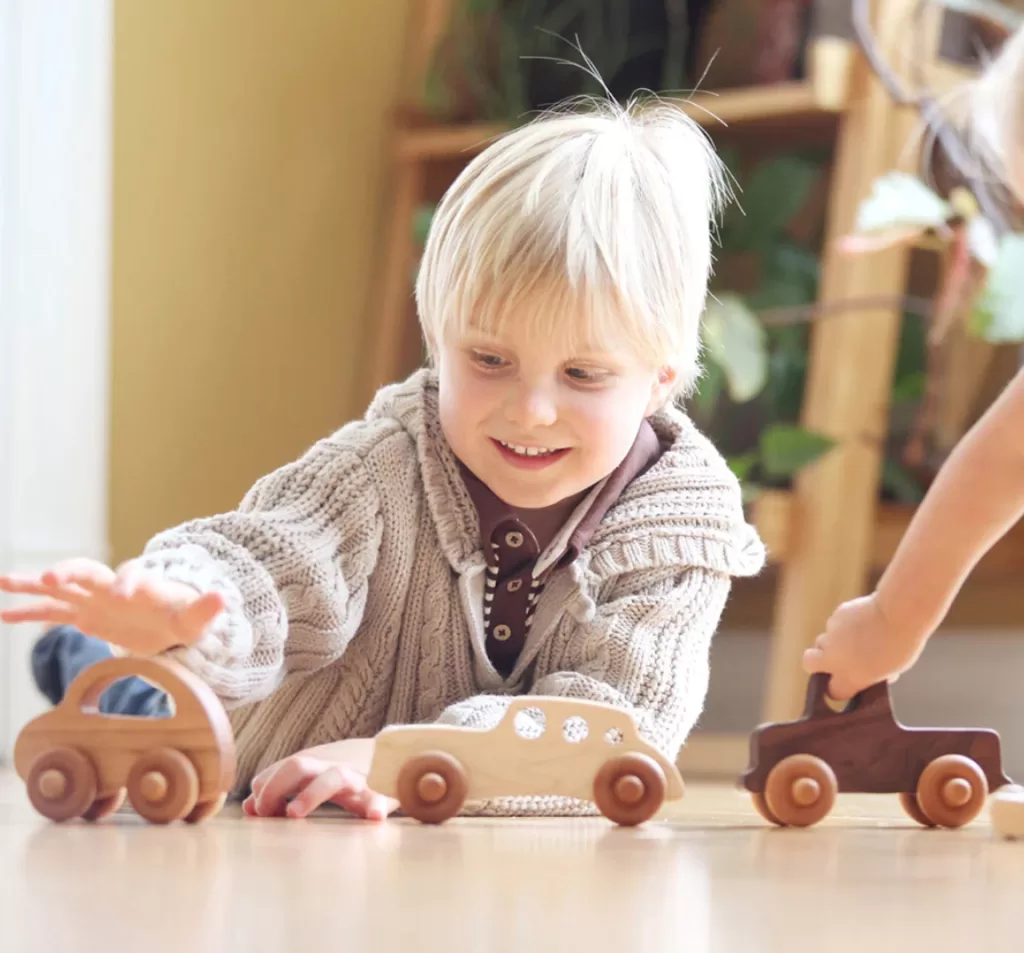
Smiling tree toys
- Hand made in the USA
- Sustainably sourced maple, cherry and walnut
- Organic finish
- Plastic-free packaging
- Lifetime guarantee
- One tree planted for every purchase
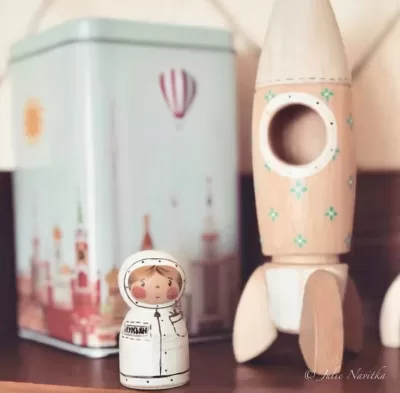
poppy baby co
- All natural wooden toys
- Safe, educational and unique toys
- Hand made in Europe
- Environmentally friendly educational toys
- Hand finished with natural oils
- Worldwide shipping
In Conclusion
Being eco-friendly in the toy department may seem impossible. But even if we start making small changes to our purchasing practices, we can make a difference. Try to remember to start with conscious consumerism and the principle of quality over quantity. In general, the fewer toys we buy, the better. For those that are essential, consider three golden rules: non-toxic and kid-safe, eco-friendly materials, and manufactured locally.
I know it’s a lot to take in, but like any other journey, your path to eco child’s play habits for kids starts with one small step!
All products recommended to you on Successfully Sustainable are independently researched in depth. To avoid waste and lead a minimal lifestyle, we test products only when required. This post contains affiliate links. If you buy something through our links, we may earn a small commission. Learn more about this here.

